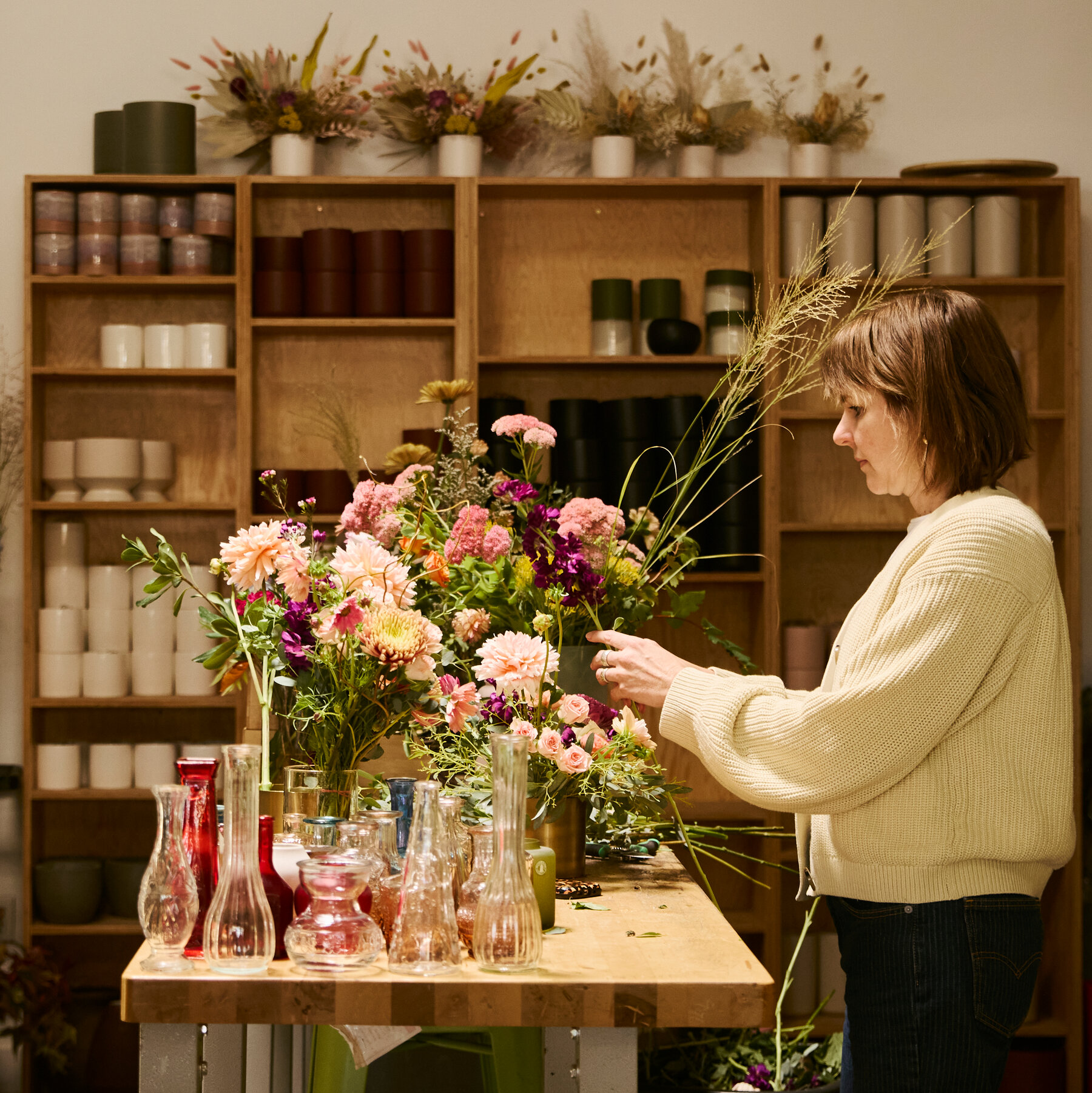An Escape From India’s Air Pollution for Those Who Can Afford It
Why the Smog Is Getting Worse
Every winter, the capital city of New Delhi transforms into a dense cloud of particulate matter that hangs over streets, schools, and homes. Rapid urbanisation, a surge in vehicle traffic, and the burning of agricultural residues in surrounding states have combined to push the city’s Air Quality Index into the “hazardous” range on a regular basis. Residents report coughing, eye irritation, and difficulty sleeping, while health experts warn of long‑term respiratory and cardiovascular damage.
High‑Tech Solutions for the Wealthy
In response to the mounting crisis, a growing number of Indian startups and multinational firms have launched premium indoor‑air‑purification systems. These devices use multi‑stage filtration—HEPA filters, activated carbon, and UV‑C light—to capture particles as small as 0.3 microns and neutralise harmful gases. Prices start at ₹150,000 (about $2,000) for a residential unit and can exceed ₹1 million for commercial‑grade installations, putting them out of reach for most households.
Who Is Buying the Clean‑Air Packages?
Affluent families, multinational corporations, and luxury hotels are the primary customers. Many of these buyers sign long‑term service contracts that include regular filter replacement and remote monitoring via smartphone apps. “It’s not just a gadget; it’s a status symbol that signals you can afford to protect your health,” says Rohit Mehta, a market analyst at GreenTech Insights.
The Wider Social Divide
While the elite can retreat behind sealed doors and filtered air, the majority of Delhi’s 20 million residents must continue to endure the open‑air haze. Public schools, low‑income housing, and informal settlements lack the resources for such technology, leaving them exposed to the same pollutants that cause an estimated 10,000 premature deaths each year in the region.
Government and Community Responses
Local authorities have pledged to expand the city’s Clean Air Mission, targeting stricter vehicle emissions standards and incentivising the use of cleaner fuels. Simultaneously, NGOs are distributing low‑cost air‑monitoring kits and organising “smog‑free” community days, where schools conduct indoor activities while outdoor air quality remains dangerous.
Looking Ahead
As climate change intensifies and urban populations swell, the gap between those who can purchase high‑end purification systems and those who cannot is likely to widen. Experts argue that lasting solutions must combine policy reforms, infrastructure upgrades, and affordable public health measures—otherwise, clean air will remain a luxury reserved for the few.





